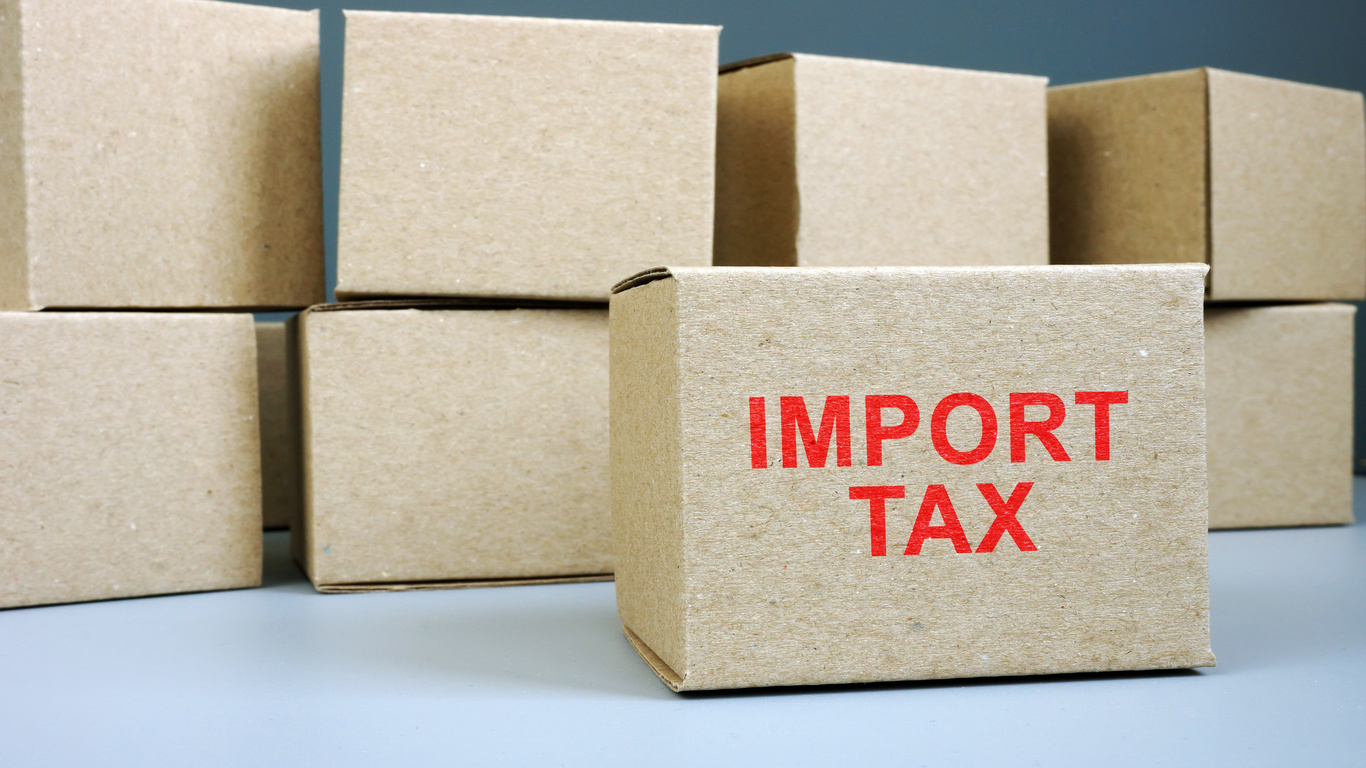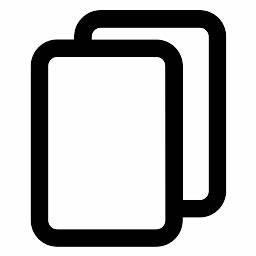FTA Tariff Tool Home
Thinking of exporting to an FTA partner market like Canada or Mexico?
Use the FTA Tariff Tool to quickly find tariff information and origin requirements to make sure your products are eligible for the lowest tariffs possible.
This free search tool allows users to find tariff information on all products covered under U.S. Free Trade Agreements (FTAs). The tool shows the tariff applied on the date the FTA enters into force and the rates each subsequent year as the tariff is eliminated under the agreement.
The tool also provides product-specific rules of origin to help you determine your products’ eligibility for preferential rates.
The FTA Tariff Tool has data for all products (agricultural and non-agricultural goods) classified within all 97 chapters of the Harmonized System and includes information on product-specific rules of origin to determine the eligibility of the reduced tariff rates with any U.S. FTA Partner.
It not only provides information on current tariff lines, but also provides transparency on future tariffs and the year in which those products become duty-free.
If you have any questions or comments about the FTA Tariff Tool or importing/exporting between the U.S. and a U.S. FTA partner, please contact FTATariffTool@trade.gov.
More guidance, tools, and information about topics related to the FTA Tariff tool, including how to find your HS code, background on the types of rules of origin, what information is required when certifying origin, and where to find additional tariff data.
The HS code is a number used to categorize products and varies in length by country. Globally, countries harmonize their tariff schedules to the first six digits of the HS code.
Beyond the first six digits, countries are permitted to assign longer codes for further classification. For this reason, often the code assigned by the United States for a particular product is not exactly the same as the code assigned by an FTA partner. Unfortunately, the HS product descriptions can be somewhat arcane. For example, a computer is referred to as an “automated data processing machine” in HS code terminology.
The U.S. International Trade Commission’s HTS Online Reference Tool can be a useful tool for helping to determine the U.S. tariff classification of your product. It contains many general keywords and links them to the more technical tariff nomenclature descriptions.
The U.S. Census Bureau’s Schedule B Search Engine cross-references everyday terms to six-digit HS codes and is another useful tool for determining where your product fits into the tariff nomenclature. While the Schedule B number for your product may not be identical to the HS code in the FTA partner country, exporters can use them to help approximate the HS code. However, please note that these tools should be used only as general references and the ultimate classification of your good will be determined by the customs authority of the importing country.
Under FTAs, tariffs are eventually eliminated for almost all products that meet the agreement’s rule of origin. A rule of origin specifies the criteria needed to determine the national source of a product and how a product may receive originating status to become eligible to receive tariff preference.
With this information, you can use the FTA Tariff Tool to look up the tariff rate for your product today, as well as identify when in the future the tariff rate will be reduced or eliminated altogether.
When exporting to an FTA partner market, claiming preference allows your qualifying U.S. products to receive lower tariff rates under the agreement.
Not all U.S. FTA agreements require specific forms to claim origin. Most of our FTA partners can accept statements that include specified data elements that explain how the product qualifies for the agreement. But the importer may ask you to use a specific format.
CBP provides a sample Certificate of Origin template in a PDF format.
Learn more about FTA Certificates of Origin.
The FTA Tariff Tool only provides tariff information for U.S. FTA partners. Tariff information for countries with which the U.S. does not have an FTA can be found with CustomsInfo.
For more detailed information on agricultural products, including tariffs, tariff-rate quotas and safeguards, please also see the U.S. Department of Agriculture’s Agricultural Tariff Tracker.

FTA Tariff Tool
This tariff search tool allows users to find tariff information on all products covered under U.S. Free Trade Agreements (FTAs).

